ZScaler – What is Privileged Remote Access? 3.1 3.1.15 Access Control
This blog from Zscaler speaks at length about the importance of Privileged Remote Access, it's benefits and challenges as well as best practices for implementation of privileged remote access.
